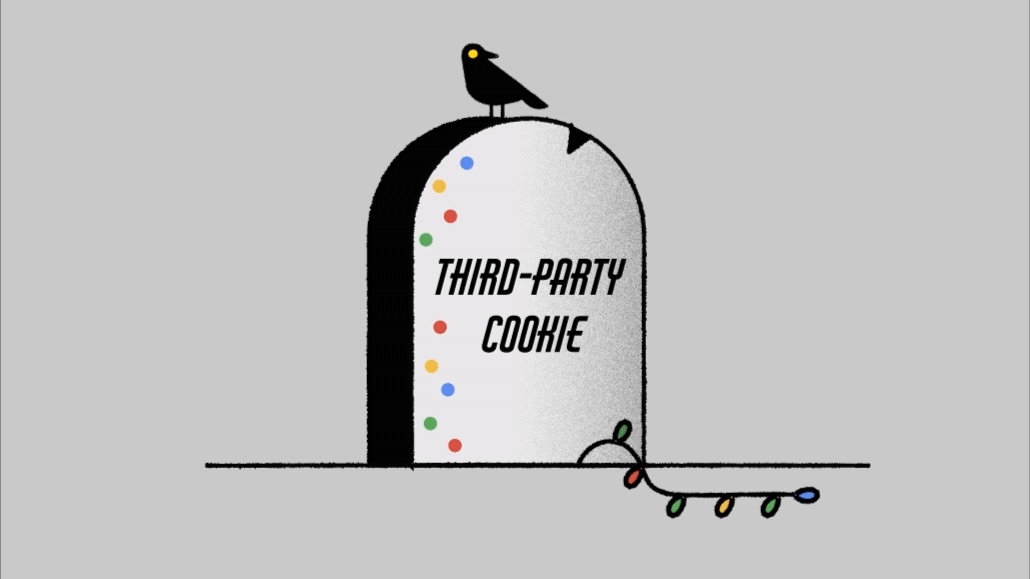Privacy Sandbox trialists eye a much-needed boost in data after scaled testing starts

Despite a stuttering start involving multiple delays to phasing out the third-party cookie, Google Chrome’s engineering team hopes ramping up trials for proposed alternatives will convince the industry it’s serious this time.
Later this month, it will scale Privacy Sandbox experiments, and move trials from a beta version of Chrome to a more popular version of the web browser. Trialists hope it will bring more actionable insights.
So far, origin trials where tech companies and publishers can experiment with alternative ad targeting tools to third-party cookies, such as the Topics API, have been conducted in beta versions of Google Chrome.
Per last week’s announcement, the use of third-party cookies will still be available to advertisers in Google Chrome until late 2024, a source of umbrage for privacy advocates and frustration for the media industry — as many just want to know what tools will be available to them in the coming future.
And now, as it prepares to begin testing of FLEDGE (First Locally-Executed Decision over Groups Experiment), Google hopes moving Privacy Sandbox experiments to a more popularly used version of the web browser, a.k.a. “Chrome Stable“, will mean trial participants will receive more actionable feedback.
Multiple sources from ad tech companies and publishers that participated in earlier versions of Privacy Sandbox experiments told Digiday they hope such updates will usher in some much needed momentum to progress.
“Beginning in early August, the Privacy Sandbox trials will expand to millions of users globally, and we’ll gradually increase the trial population throughout the rest of the year and into 2023,” said Anthony Chavez, vp Privacy Sandbox, Google.
Limited data sullies early efforts
Early participants in Privacy Sandbox experiments have complained that the limited user numbers for beta versions of Chrome, the internet’s most popular web browser, restricts the amount of data they receive from these trials.
As a result, those insights are limited with separate publisher-side sources claiming such small-scale feedback has thus far rendered participation in Privacy Sandbox trials moot. For instance, the current testing environment means the Google Topic API doesn’t assign the full targeting attributes to their web domains.
Additionally, the fact that the Privacy Sandbox’s Topics API includes randomly selected attributes — a feature to help ensure user privacy is maintained — has frustrated some. Publisher sources, who weren’t cleared to speak with press, maintain this limits the quality of data signals it can make available to advertisers to the detriment of how they monetize users visiting their website using Google Chrome.
The magnitude of the frustrations among Privacy Sandbox participants has been reflected in Google Chrome’s successive delays in deprecating third-party cookies, a move that will bring it in line with rival browsers such as Apple Safari or Mozilla’s Firefox. Initially, this involved the retirement of using ad targeting tools in Chrome this year, but now the Google-owned web browser won’t phase out third-party cookies until 2024.
Paul Bannister, an executive with direct knowledge of the experiments and chief strategy officer at Cafe Media, told Digiday, “The origin trials were only running in Chrome Beta which has very few users, and it wasn’t even running in 100% in Chrome Beta, so the actual scale of data we were getting access to was so minuscule.”
He later added, “That’s a huge blocker that they’re removing, we’ll get way more data which is going to help a ton… before, we were like, ‘Well we’ve turned it on but we’re getting such little data that we’re twiddling our thumbs.’”
Google Chrome is trying to ‘get’ advertising
A popular narrative is that engineering teams with Chrome and Google Ads do not confer, a safeguard set in place to ward-off potential tripwires that would leave it open to further anti-competitive practices. As a result, those within the Chrome engineering team just “lack expertise” around the needs of the advertising industry, many Digiday sources that have liaised with Google over its plans to drop support for third-party cookies.
In its latest feedback report to the Competition Markets Authority (one of several transparency commitments it made to the U.K. regulator), Google acknowledged areas where it had to improve. For instance, Rowan Merewood, a staff developer relations engineer at Chrome, acknowledged third-party feedback that his team had little experience when developing advertising products.
Although, a source with direct contact with Google Chrome told Digiday the web browser’s engineering team made recent personnel updates to address this perceived lack of understanding, particularly when it comes to recruiting the needs of publishers.
Time will tell whether Google will be able to surmount other blocks to the Privacy Sandbox’s evolution. That’s no mean feat given so much of that is predicated on whether the ad industry can accept that its success is entwined with that of the Chrome browser. It might be too close for comfort for many. The tests of the FLEDGE part of the Privacy Sandbox are a case in point.
“One of the bottlenecks we see with this part of the sandbox is that supply-side platforms have not yet delivered a solution that’s compatible with FLEDGE that would provide publishers with advertising inventory they can serve to demand-side platforms,” said Lukasz Wlodarczyk, vp of programmatic ecosystem growth and innovation at ad tech vendor RTB House. “This could be one of the major blockers against any major developments with the tests.”
Rip it up and start again
The souped-up tests are a welcome shot in the arm for Google’s protracted attempt to overhaul online advertising. That said, the problems with this transition remain the same, only the timeline changes. Perhaps, that’s why this recent delay was expected by many and was slightly anticlimactic.
“We just have to continue to build towards a privacy safe standard and vigorously test to ensure business continuity. It’s imperative that we not lose sight of the primary objective, to reinvent how we transact to improve consumer privacy,” said Matt Barash, svp of the Americas at Index Exchange. “The industry needs more time to totally overhaul a set of standards and processes which have been in place since its inception.”
And therein lies the kicker. Ramped-up testing or not, Google’s struggles to replace third-party cookies have made a mockery of anyone who thought such a complicated, nuanced manner would be resolved with relative ease. Not least by one company. If anything, the delay may give other parts of the industry reason to think more deeply about the leverage they give to Google in waiting for it to resolve the problems with third-party addressability instead of trying to figure out the problem for themselves.
“We know or at least have inklings of knowing that a lot of these testings across the Privacy Sandbox haven’t worked out really well,” said Joseph Lospalluto, country manager for the U.S. at ad tech vendor ShowHereos Group. “It’s not too far a stretch to say why would I continue to pump a tonne of capital into engineering or sales resources to support something that’s not working out. The industry isn’t buying into the utopia that Google was trying to sell.”
More in Marketing

Sora 2 copyright calculations highlight new role for agencies as risk whisperers
Challenges to IP norms mean agencies’ legal brains are in higher demand among brands.

How Gen Z is rewriting the career playbook
The youngest generation in the workforce has found a new career coach: social media.

Future of Marketing Briefing: L’Oréal builds the data backbone to its creator marketing
L’Oréal’s is building a data layer beneath its creator economy push.








